In the group of annuals, there are many plants that are distinguished by their unpretentious care. However, verbena is interesting not only for this quality. Many gardeners grow it on their backyards because of its rich color palette, abundant and long flowering. But still, as in the case of any ornamental plant, when planting and caring for this flower, certain features must be taken into account, especially if the gardener has chosen the method of growing from seeds.
Content
Description of the plant
The genus verbena represents the eponymous family of vervain, which is included about 250 species of annuals and perennials, whose natural habitat is the tropics and subtropics of America.
- in the process of growth, it forms an erect stem of a tetrahedral shape, which is decorated with miniature carnation-like flowers with a varied color palette;
- on the shoots, 30-50 pieces of paniculate or corymbose inflorescences are formed;
- and the flowering period of verbena attracts attention not only because of its beautiful appearance, but also because of its sweetish, very pleasant aroma;
- oblong leaves grow on short petioles, located opposite each other.
For the first time, man got acquainted with this plant in the eighteenth century. Although today there are many known species belonging to the genus verbena, the most popular is the hybrid verbena. As a rule, this name means all garden forms and artificially created varieties and hybrids.
Verbena hybrid... Its specialists are among perennials, but in our latitudes it is grown as an annual plant. By the time of flowering, it grows straight, upright, highly branched stems. The leaves are oblong and reach a length of 5-8 cm, grow on short petioles, located opposite each other. A characteristic feature of stems and leaves is pubescence. Verbena has small inflorescences, reaching a diameter of 1.5-2.5 cm, which have different shapes and are presented in the form of umbrellas of 3-60 pieces.
The attractiveness of the flowers is provided by a variety of colors, which can include white, pink, yellow, bright red, maroon, salmon, blue or blue hues. In the list presented, you can also include varieties of a two-color form. The first flowers open in June and continue to decorate the territory until the first frost. The seeds are very small, have a grayish-brown color, and remain viable for 2 years. Verbena hybrid has become widespread in the form of two main garden forms: large-flowered and low compact.
Verbena is beautiful
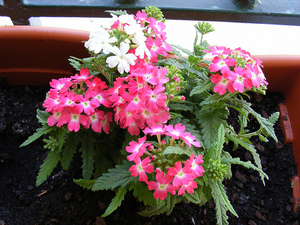 In recent years, the range of floriculture companies has been supplemented with seeds such as beautiful or beautiful verbena. We are talking about a very beautiful annual plant that can grow during the growing seasonup to 30 cm long and 50 cm wide... This flower can be used to decorate hanging planters.
In recent years, the range of floriculture companies has been supplemented with seeds such as beautiful or beautiful verbena. We are talking about a very beautiful annual plant that can grow during the growing seasonup to 30 cm long and 50 cm wide... This flower can be used to decorate hanging planters.
The peculiarity of the beautiful verbena is that its stems are decorated with smaller flowers than the hybrid. But an additional attractiveness to this variety is given by openwork leaves. The characteristic color of the inflorescences is gray-purple. The plant begins to bloom in June, signs of wilting appear only in November. Among the varieties of verbena, a species called "Imagination" is very popular. It is distinguished by thin branching shoots that grow in length up to 50 cm. It also has purple-purple flowers. This plant can be grown in balcony boxes, hanging planters and flower baskets.
Verbena Bonar
It has great chances of being used in landscape design. verbena bonar or argentinian... Its first habitat is called Central and South America. Adult specimens grow in the form of erect bushes, reaching a height of 100-120 cm. In the flowering phase, thin, strong flower stalks grow, which subsequently help to form openwork umbrella-shaped inflorescences. The latter contain small purple flowers. Mature plants of this variety have excellent resistance to late spring frosts. Therefore, it is possible to plant such plants in early spring and enjoy the appearance until late autumn.
Verbena hard
Represents a group of perennials, was first discovered in Central and South America. However, in our latitudes, it can only be grown as an annual. During the growing season forms creeping stems, and itself the bush does not exceed 50 cm in height... It is characterized by abundant flowering, which begins in June-July and ends only at the end of October. Verbena can have a wide variety of color shades - lilac, pink-lilac, purple-lilac, grow up to 1 cm in diameter. Usually the flowers of this plant form non-tight inflorescences. There are also hybrids with white flowers, which are the result of the work of breeders.
Verbena: growing from seeds at home
The main methods that are used to breed a crop are sowing seeds and cuttings. When growing verbena at home, the first step is to sow seeds to get seedlings.
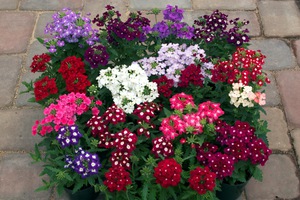 most often sowing is planned for the beginning of March, and bowls filled with humus light soil are used as a planting container;
most often sowing is planned for the beginning of March, and bowls filled with humus light soil are used as a planting container;- after sowing, it is imperative to cover the seeds with a small layer of humus;
- seeds germinate fastest if the container with crops is kept indoors, where it must be protected from direct sunlight and drafts;
- the minimum recommended temperature is + 18 degrees.
Usually the formation of the first seedlings occurs in 20-30 days... An effective procedure is to place the seeds in a growth stimulator, so you can wait for the first shoots much earlier.
When using Bonar verbena for sowing seeds, it is necessary to take into account that stratification must be carried out before placing in the ground. To do this, the seeds must be placed on a damp cloth, then wrapped in a plastic bag and transferred to the refrigerator, where they should remain for 3-5 days. After such a hardening procedure, the germination of seeds noticeably increases, the seedlings become more viable, and they better tolerate negative factors. To achieve the highest germination rate of Canadian verbena seeds, after harvesting they are sown not immediately, but only after 2-3 years. Seeds of hybrid verbena germinate worst of all - no more than 30 out of 100 seeds are viable.
Growing verbena seedlings
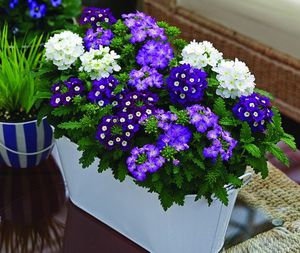 To get strong and healthy verbena seedlings, you need provide plants with good watering... If you water the planting soil too thoroughly before sowing, then after germination the seedlings, as a rule, get sick with a black leg, as well as rot.To provide the seedlings with the necessary amount of moisture, it is recommended to spray the plants with a spray bottle, making sure that the soil does not dry out.
To get strong and healthy verbena seedlings, you need provide plants with good watering... If you water the planting soil too thoroughly before sowing, then after germination the seedlings, as a rule, get sick with a black leg, as well as rot.To provide the seedlings with the necessary amount of moisture, it is recommended to spray the plants with a spray bottle, making sure that the soil does not dry out.
After a month, the plants reach a stage of development at which they can be picked into individual pots or seedling containers. Over the next two weeks, complex fertilizers are applied under the seedlings, while it is necessary to pinch the top over the fifth leaf for better bushiness. When growing low-growing varieties, they usually form many new shoots, therefore you don't have to shape... A favorable moment for transplanting verbena to a permanent place occurs at the moment when the last wave of returnable spring frosts has passed.
In order for verbena seedlings to take root better in the open field, it will not hurt to carry out the hardening procedure before transplanting. To do this, for 2-3 weeks it is taken out into the street, balcony or loggia, provided that the weather allows such a procedure. In the evening, the containers with crops must be returned to the premises. For varietal and hybrid verbena plants, it is recommended to use the cuttings method. It is easy to prepare cuttings from such plants, which quickly take root and enter the flowering phase earlier. Agrotechnics of reproduction involves the following actions:
- in the fall you need to dig out the mother bush;
- then it is transplanted into a flowerpot and kept throughout the winter period in a room where it should be cool and light, watering should be regular, but moderate;
- already in March, cuttings must be cut from the mother liquor and transferred to a nutrient substrate for rooting;
- in the future, the plant is provided with the same care as in the case of specimens that were grown from seeds.
Verbena: planting and care
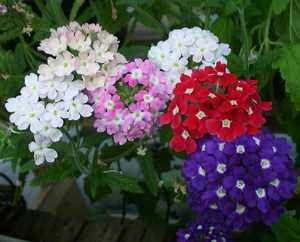 Photos of the plant during the flowering period are a great incentive for those who want to grow verbena on their site. However, you need to immediately prepare for the fact that it will not be easy.
Photos of the plant during the flowering period are a great incentive for those who want to grow verbena on their site. However, you need to immediately prepare for the fact that it will not be easy.
This plant feels good if it was planted in a well-fertilized soil containing a sufficient amount of organic matter. Then verbena will be able to please with abundant flowering. When planting compact varieties, it is recommended to place the plants not closer than 20 cm from each other.
With regard to creeping species, they maintain a slightly different interval - 25-35 cm.If planting is carried out in excessively dry soil, then first it is necessary to water the holes with water, adhering to the scheme - 0.5 liters of water per plant. Then they wait for the water to be absorbed, after which the roots of the plants are immersed in the resulting earthen slurry. Then, along the perimeter of the earthen clod of the flower, it is necessary to pour a layer of dry earth and lightly compact the soil around the plant.
During the first two to three weeks after planting, the plant needs to ensure regular watering. Then it will bloom much earlier.
Bearing in mind that summer residents do not have much time for gardening in the spring, it makes sense to think about buying ready-made seedlings. For this you can contact garden centers, shops, markets or crop exhibitions. It is best to purchase dense leafy plants for growing in open ground, which should not have too developed, long shoots, as well as signs of pest and disease damage.
Conclusion
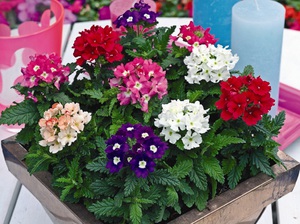 Verbena belongs to the group of annual plants, which is known to many experienced flower growers for its unpretentious cultivation. And although many novice flower growers most likely have not heard of this plant before, they should also pay attention to it. After all, their meager knowledge of plant growing will be more than enough to grow strong and healthy verbena plants even by sowing seeds.
Verbena belongs to the group of annual plants, which is known to many experienced flower growers for its unpretentious cultivation. And although many novice flower growers most likely have not heard of this plant before, they should also pay attention to it. After all, their meager knowledge of plant growing will be more than enough to grow strong and healthy verbena plants even by sowing seeds.
Growing and caring for this crop will be noticeably easier if take into account the preferences of verbena, because it is best when all activities are planned taking into account the characteristics of the plant. Then it will thank the gardener with long and abundant flowering.
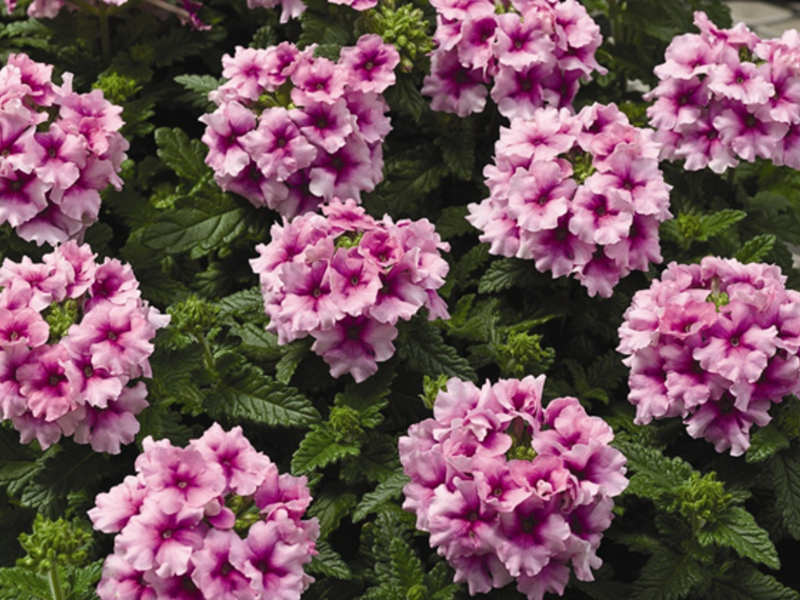
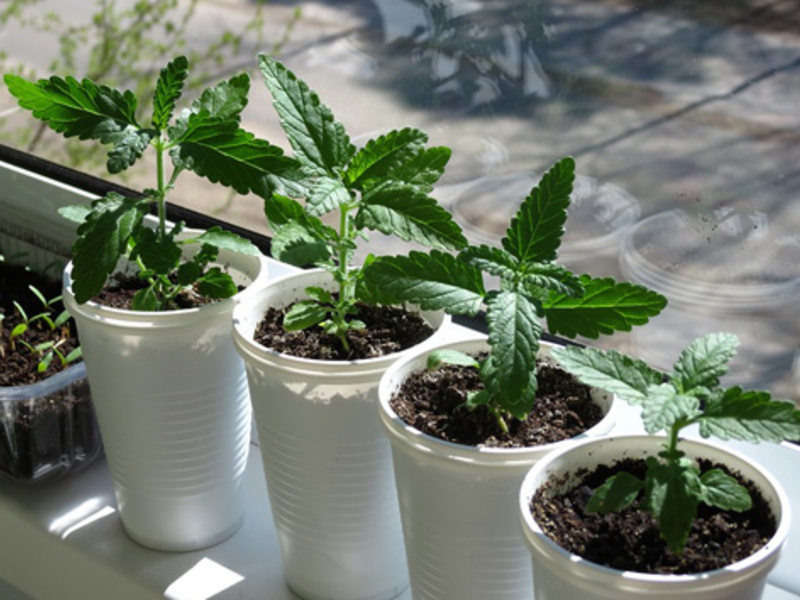
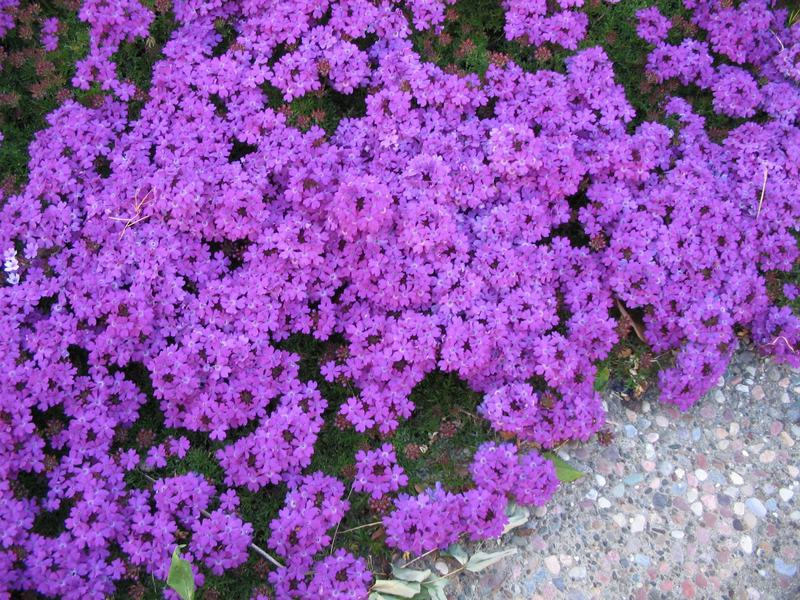
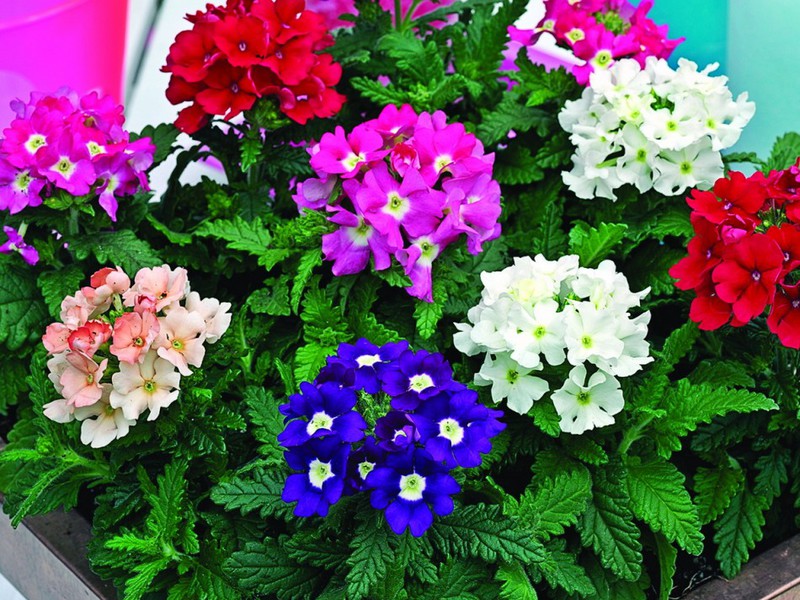
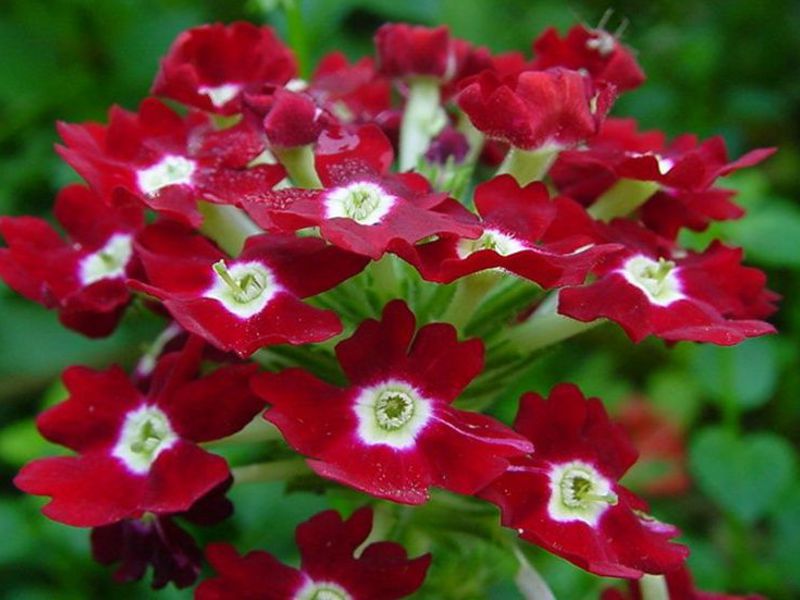
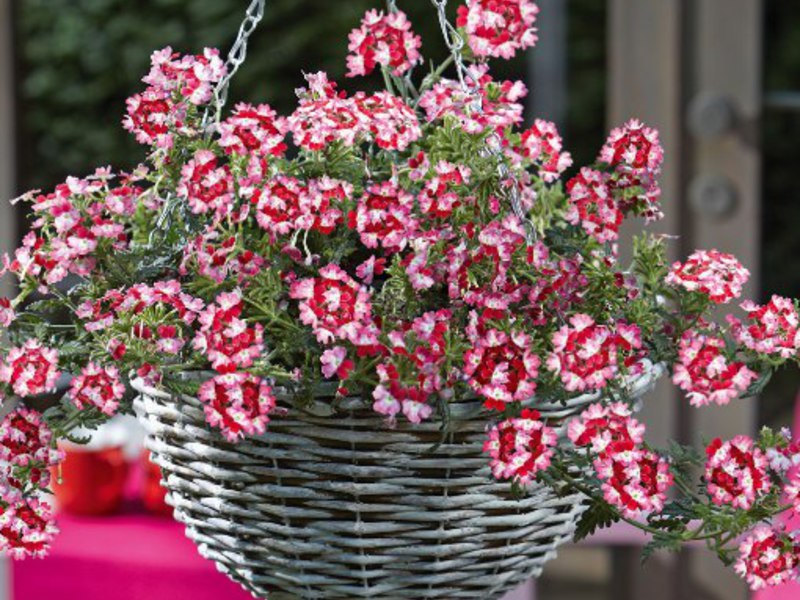
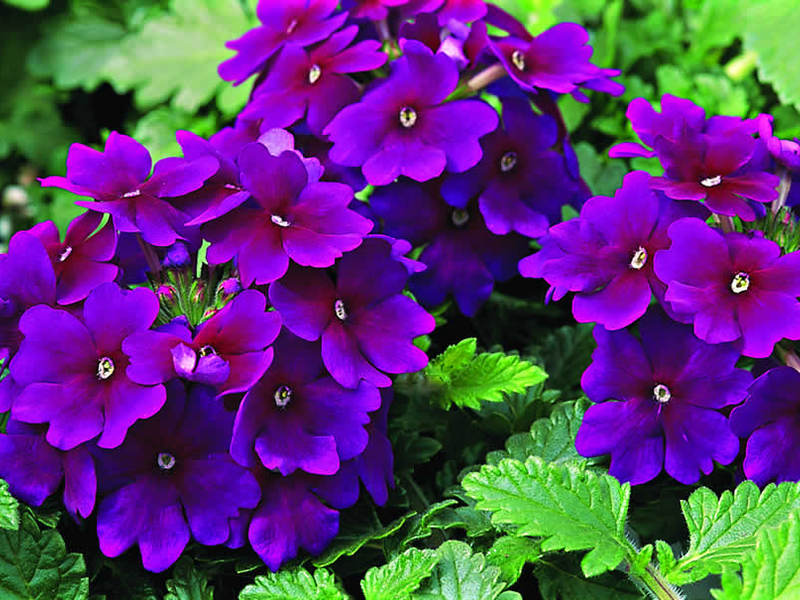
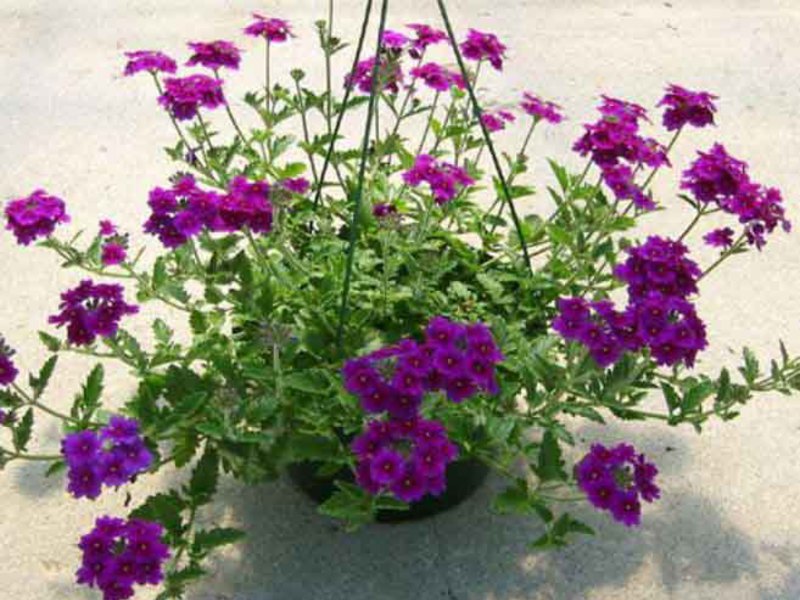
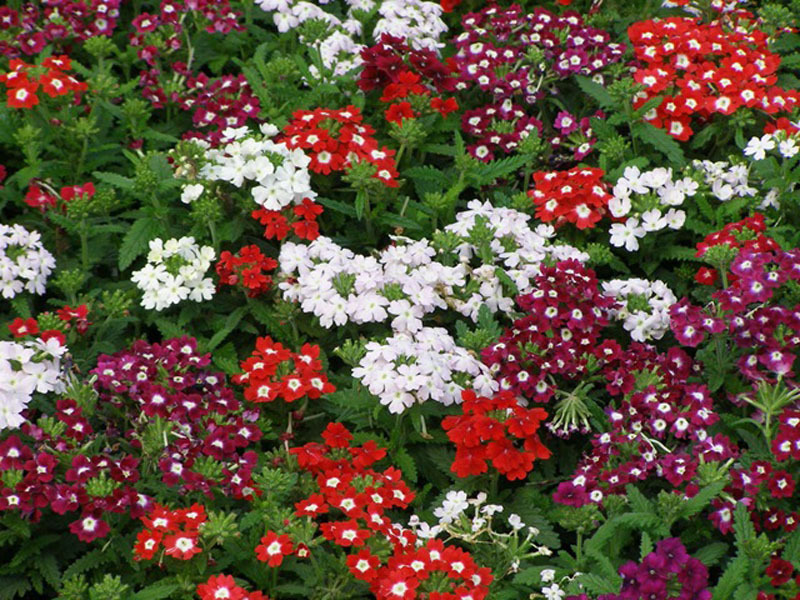
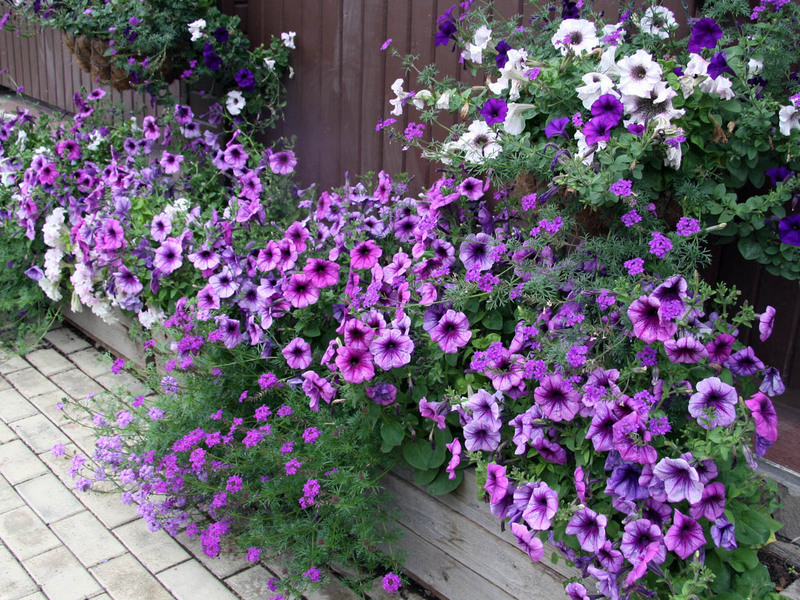

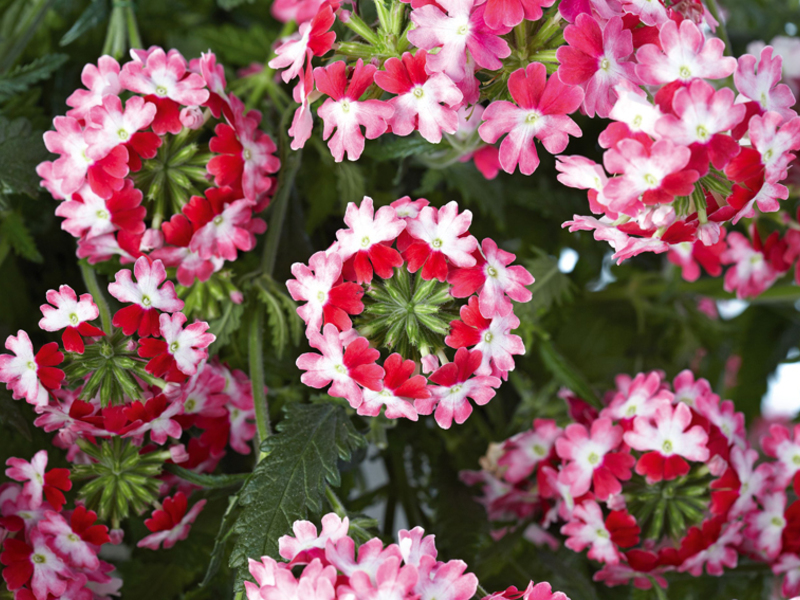

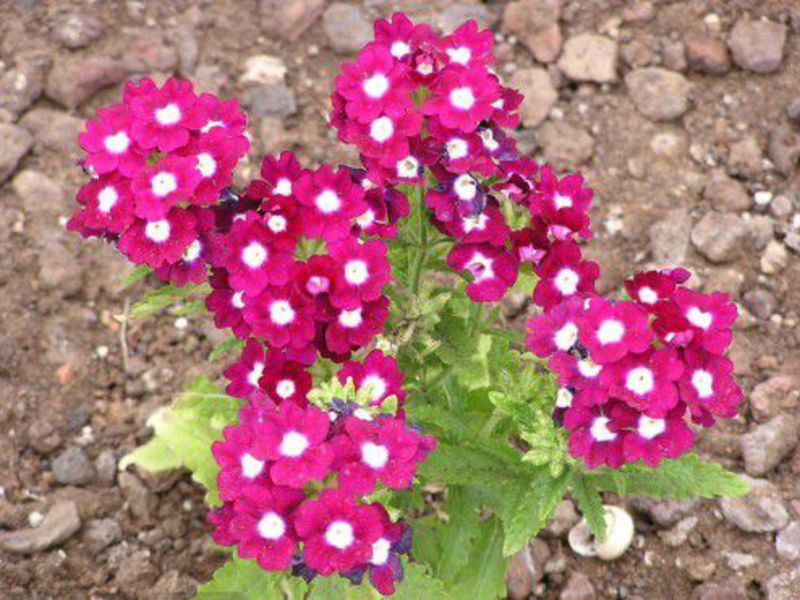


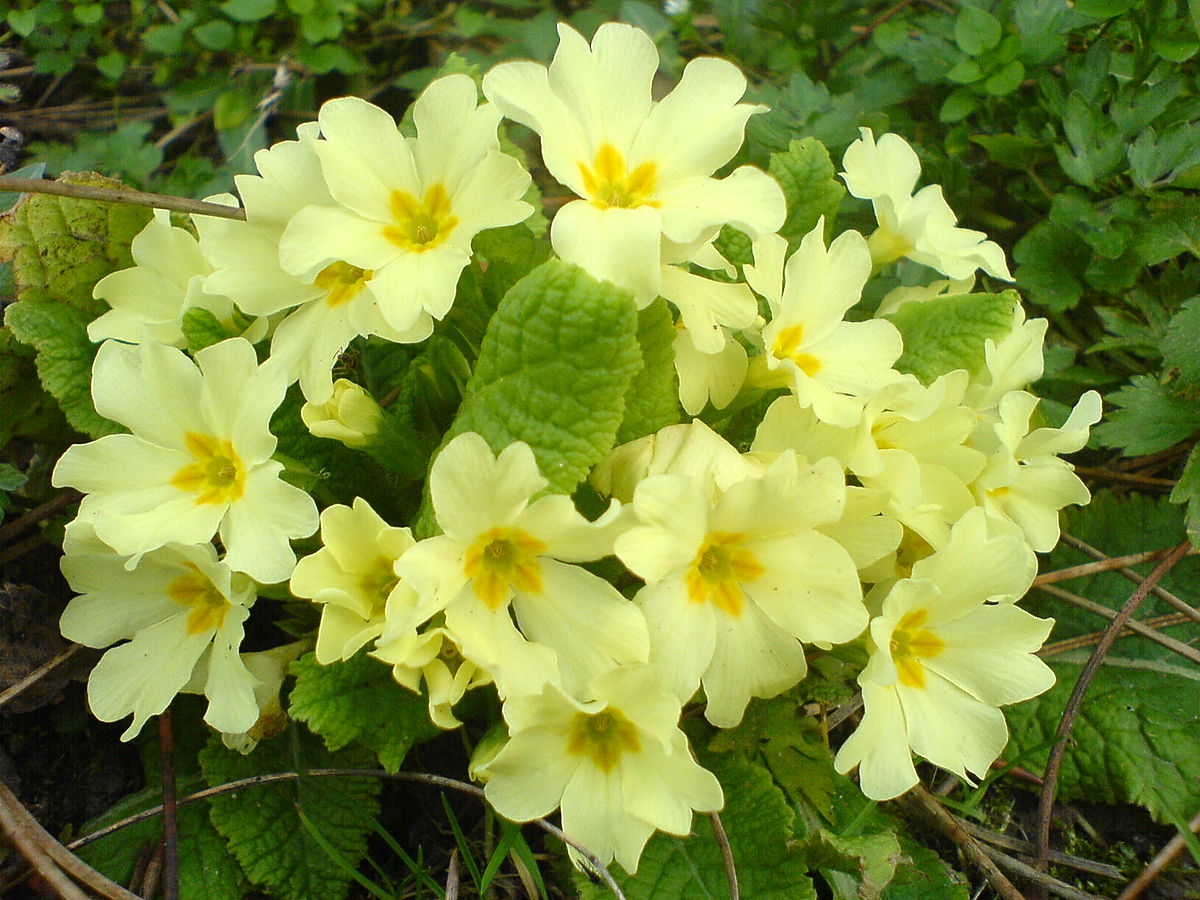
2 comments